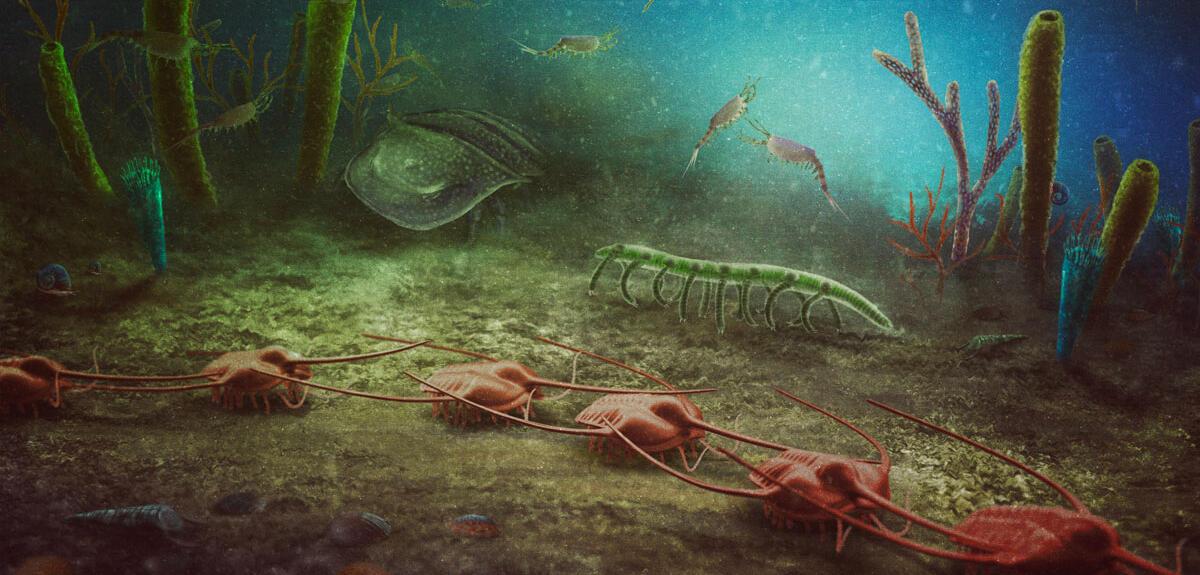An extremely rare discovery.
A couple of enthusiasts passionate about paleontology have uncovered, after long-term work, a fossil deposit
“with exceptional preservation”
, the National Center for Scientific Research (CNRS) reported on Friday February 9 .
Initial research work - carried out by an international team - was published in the journal
Nature Ecology and Evolution
.
To discover
These 24 hours that killed the dinosaurs: the incredible story of a cataclysm
Located near Pézenas (a town west of Montpellier), the Cabrières site bears witness to
“the closest environment to the South Pole at this time ever observed”
, reports the research center.
Above all, it is one of the “
richest and most diverse deposits in the world”
for the Ordovician period [from approximately - 485.4 to - 443.4 million years ago,
Editor's note
].
And for good reason: it contains more than 400 fossils dating back 470 million years.
“Soft-bodied” organisms
This large-scale discovery is explained by the remarkable preservation of the deposit, which will allow the in-depth study of
“soft-bodied organisms”
such as algae and sponges.
Many specimens have already been studied in specialized laboratories in Lyon, Brest or Lausanne, reports the scientific journal
Sciences et Avenir
.
These findings will allow us to better understand the
“pivotal role”
of these organisms in the ecosystem of the time, explain the CNRS researchers.
And this biodiversity already makes it possible to confirm the hypothesis
of “a migration of species towards the southern hemisphere, as a refuge zone, to escape the excessively high temperatures of tropical zones at this time”
, insist the researchers.
Note that with plate tectonics, the continents were not located and organized as they are today.
However, these fossils will require years of additional research to be fully exploited.
Large-scale excavations and
“in-depth analysis of fossils using innovative imaging techniques”
are thus planned.
They will
“reveal in detail their external and internal anatomy, their kinship relationships and their way of life”
.

